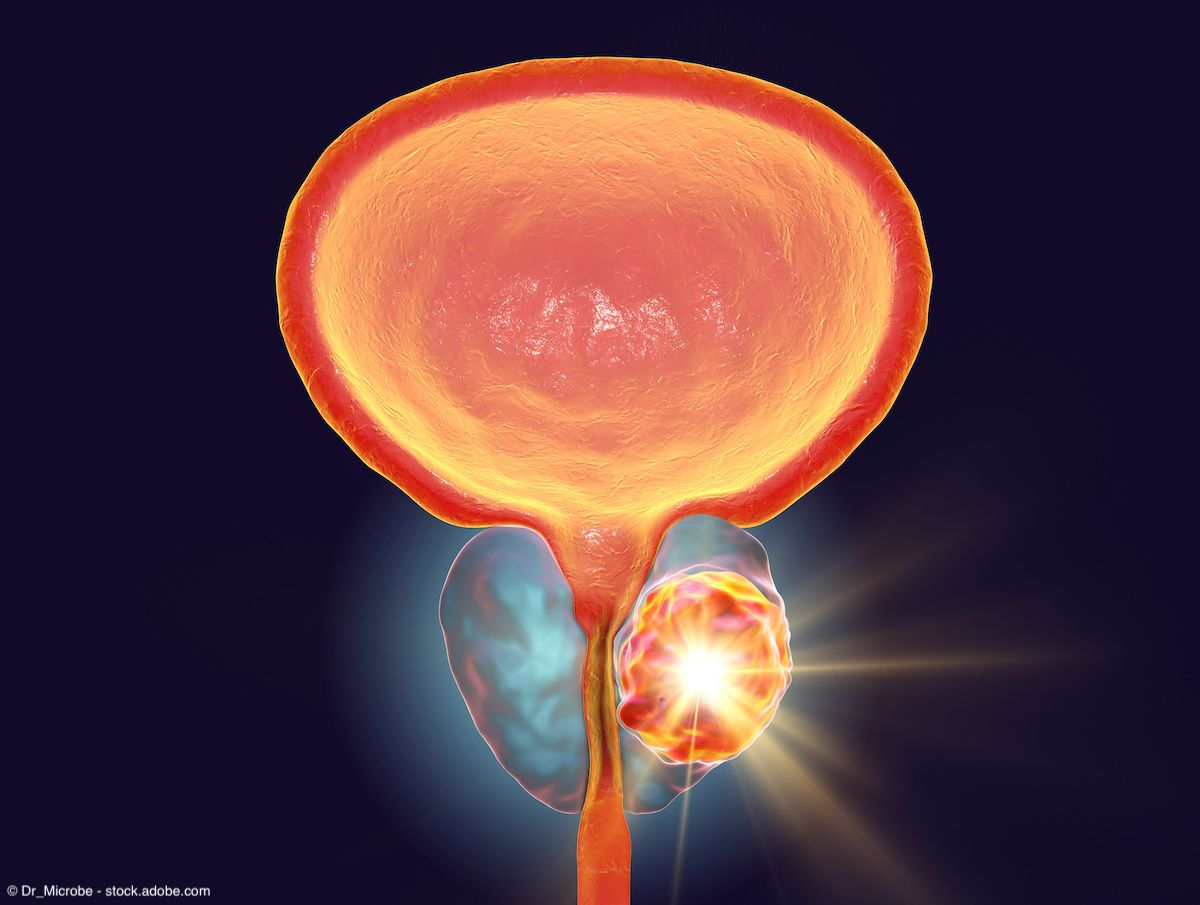News
Article
Category I CPT code granted to irreversible electroporation for prostate lesions
Author(s):
Key Takeaways
- The NanoKnife System received a category I CPT code for prostate and liver lesion ablations, effective January 1, 2026.
- The PRESERVE trial investigates the NanoKnife System's safety and efficacy for intermediate-risk prostate cancer.
The codes will go into effect on January 1, 2026.
The American Medical Association’s Current Procedural Terminology (CPT) Editorial Panel has granted a category I CPT code to facilitate reimbursement of irreversible electroporation (IRE) procedures for ablation of prostate and liver lesions, AngioDynamics, the developer of the focal therapy, announced in a news release.1
The NanoKnife System is currently under investigation in the PRESERVE trial.

The codes will go into effect on January 1, 2026.
“Achieving CPT Category I status is a significant milestone for the NanoKnife System and underscores our commitment to providing innovative and effective treatment options for patients,” said Jim Clemmer, President and CEO of AngioDynamics, Inc, in the news release.1 “This achievement highlights the value of AngioDynamics' strategic investments in our innovative NanoKnife System and IRE technology. With CPT Category I codes now established for prostate and liver lesions, we will continue to work to expand patient access to these life-changing treatments.”
IRE is performing using the NanoKnife System, which is FDA cleared for the surgical ablation of soft tissue.2 The technology has not received clearance for the treatment of any specific disease or condition.
According to AngioDynamics, “The NanoKnife System utilizes IRE technology to effectively destroy targeted cells without the use of thermal energy by delivering high-voltage pulses, creating permanent nanopores within the cell membrane.”1
The NanoKnife System is currently under investigation in the PRESERVE trial (NCT04972097), which is evaluating the safety and effectiveness of the device for the ablation of prostate tissue in patients with intermediate-risk prostate cancer.
The trial was launched by AngioDynamics in collaboration with the Society of Urologic Oncology Clinical Trials Consortium (SUO-CTC). In total, the study enrolled 121 patients across 17 clinical trial sites in the United States.3
In the open-label, single-group assignment PRESERVE study, all participants receive NanoKnife ablation of the prostate tissue. Specifically, each participant had 2 to 6 monopolar probes placed through the perineum via ultrasound or CT guidance. Patients then received IRE with 2-3 kV voltage to the targeted tissue in pulses up to 100 microseconds.
To be eligible for enrollment in the trial, patients had to be 50 years or older with histologically confirmed, organ-confined prostate cancer (≤T2c). Patients had to have a Gleason score of 3+4 or 4+3 and a PSA level of 15 ng/mL or lower or a PSA density lower than 0.2 ng/mL if their PSA level was higher 15 ng/mL. Additionally, patients had to have no evidence of extraprostatic extension by mpMRI, as well as no evidence of seminal vesicle invasion by mpMRI.4
The primary efficacy end point of the PRESERVE trial is the rate of negative in-field biopsy at 12 months, and the primary safety end point is the incidence of adverse events by type and severity (CTCAE v5.0) through 12 months. Secondary end points include the rate of negative in-field biopsy at 12 months per the Delphi consensus criterion and a comparison of pre- and post-operative urinary function and erectile function.
“As diagnostic tools develop to allow earlier identification and localization of clinically significant forms of prostate cancer, there is a matching need to establish effective forms of treatment that target the disease and preserve patients' quality of life,” said co-principal investigator Jonathan Coleman, MD of Memorial Sloan Kettering Cancer Center, in a prior news release on the study.3 “Evidence is growing to support the use of partial gland ablation for prostate cancer as a reasonable alternative treatment strategy in carefully selected patients.”
References
1. AngioDynamics announces American Medical Association’s CPT Editorial Panel grants category I CPT for irreversible electroporation (IRE) in prostate and liver. News release. AngioDynamics, Inc. October 21, 2024. Accessed October 22, 2024. https://investors.angiodynamics.com/news-releases/news-release-details/angiodynamics-announces-american-medical-associations-cptr
2. PRESERVE. AngioDynamics, Inc. Accessed October 22, 2024. https://www.angiodynamics.com/studies/preserve/
3. AngioDynamics completes enrollment for PRESERVE clinical study. News release. AngioDynamics, Inc. August 3, 2023. Accessed October 22, 2024. https://investors.angiodynamics.com/news-releases/news-release-details/angiodynamics-completes-enrollment-preserve-clinical-study
4. Pivotal study of the NanoKnife System for the ablation of prostate tissue (PRESERVE). ClinicalTrials.gov. Last Updated August 4, 2023. Accessed October 22, 2024. https://classic.clinicaltrials.gov/ct2/show/NCT04972097



